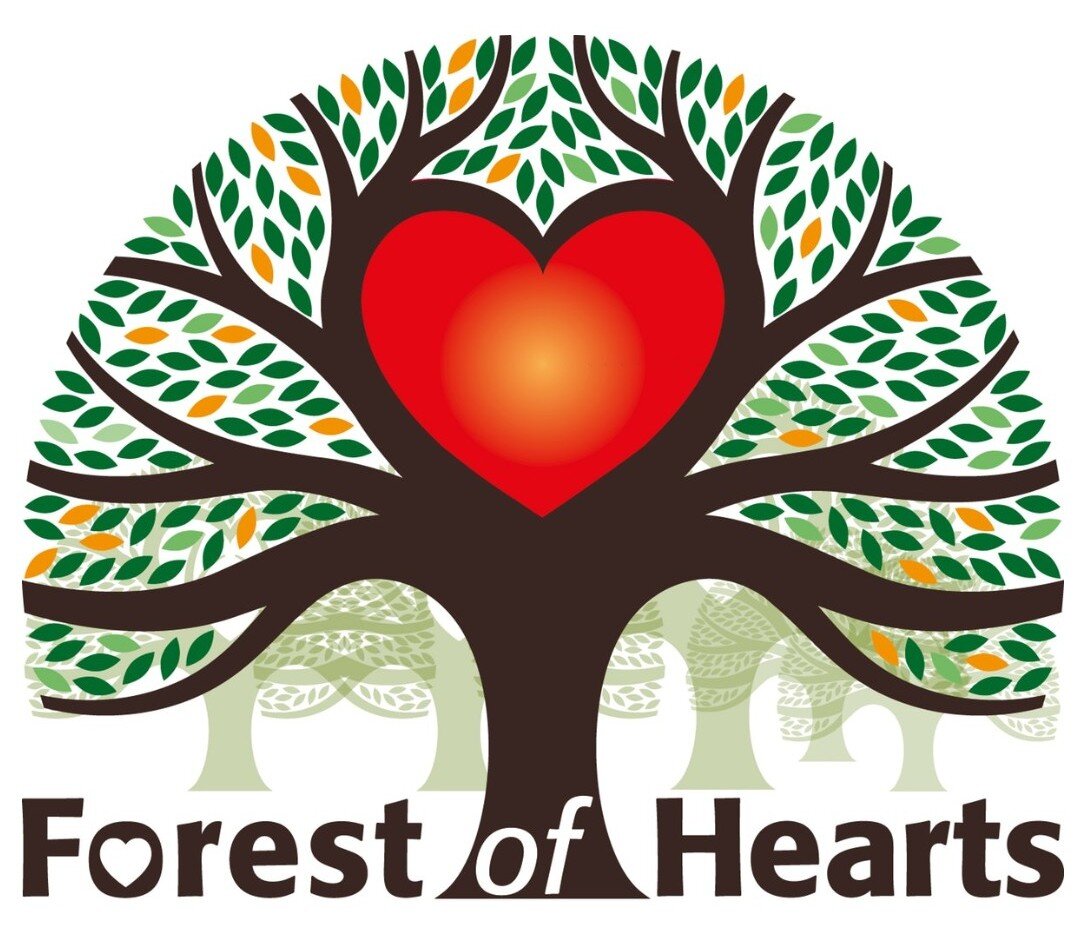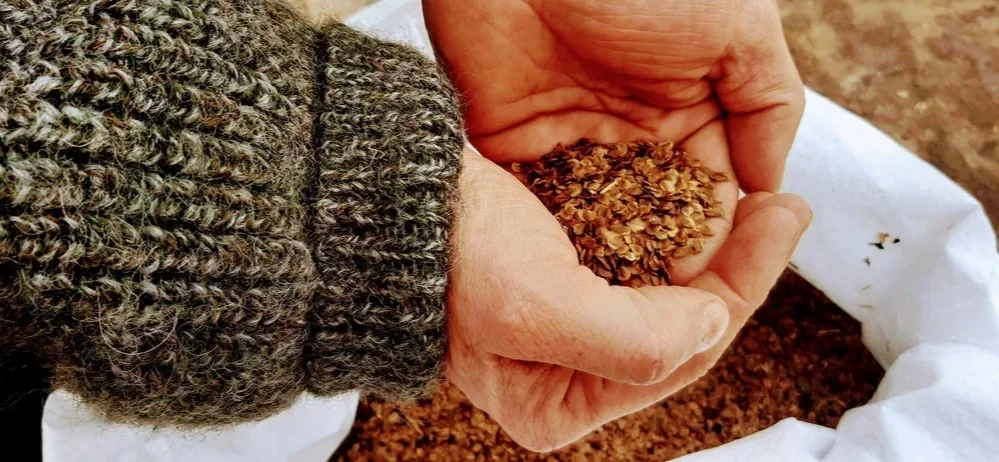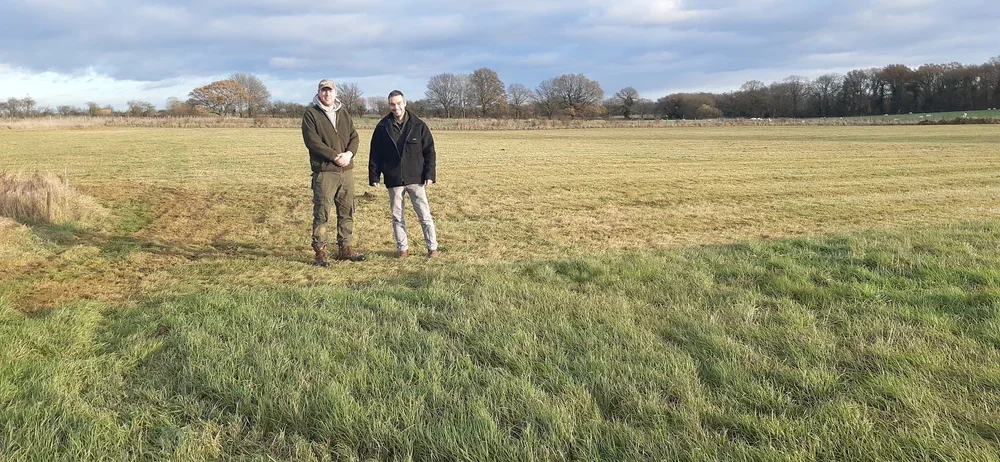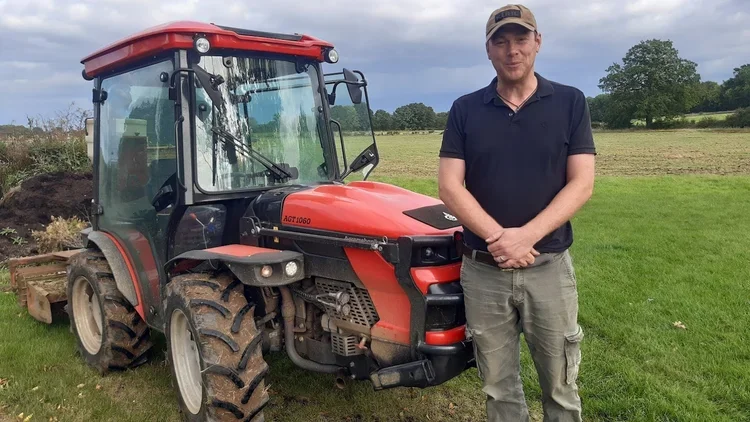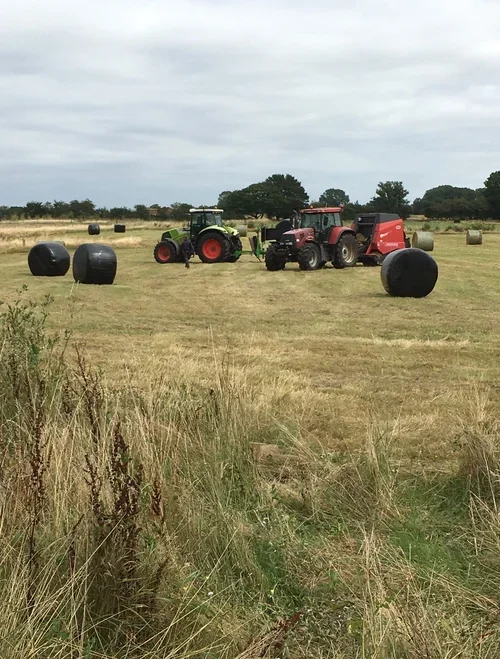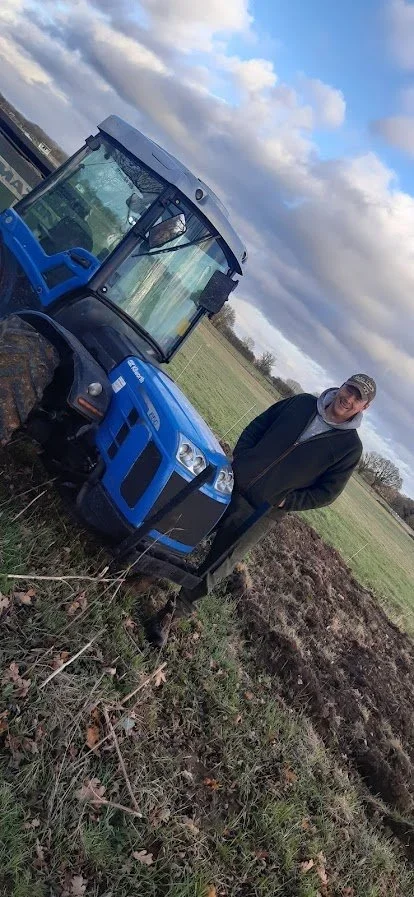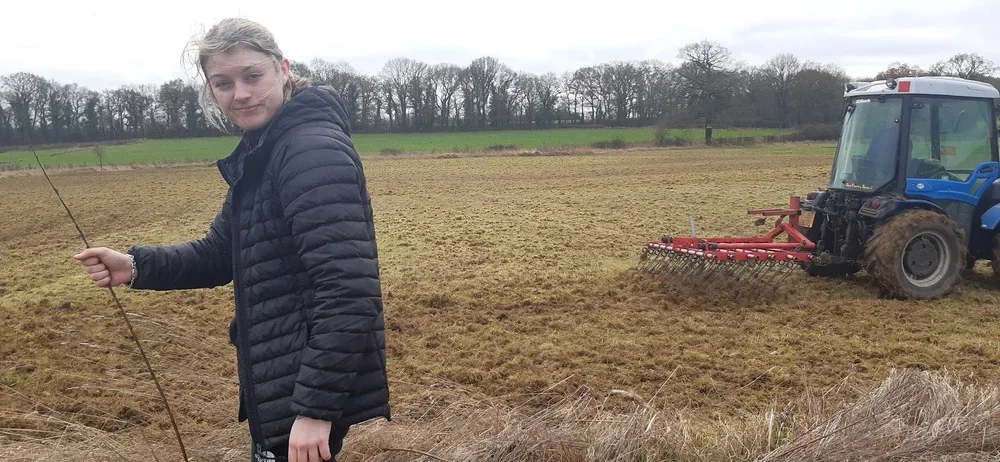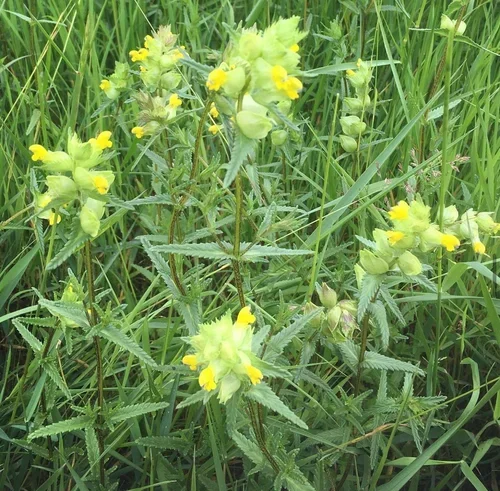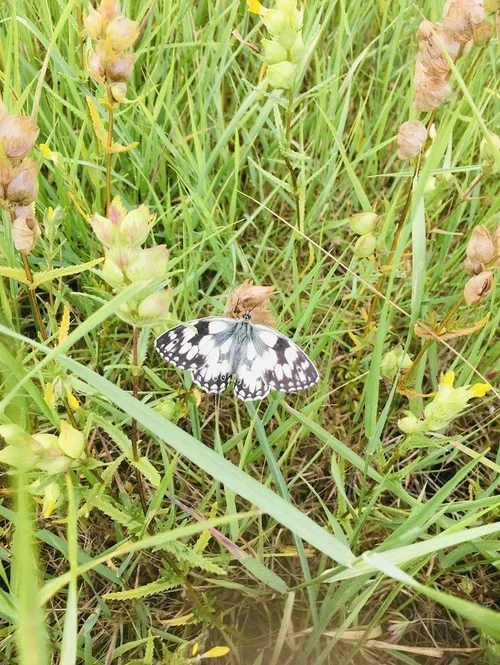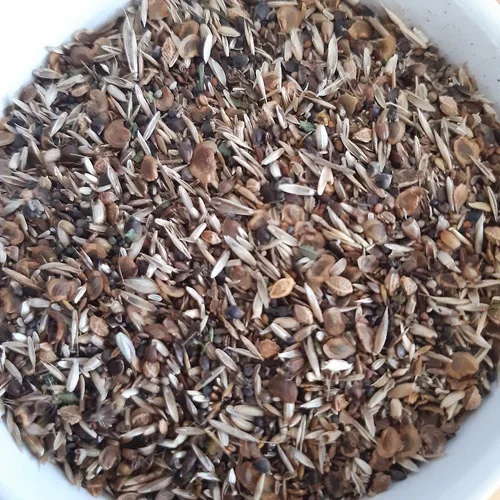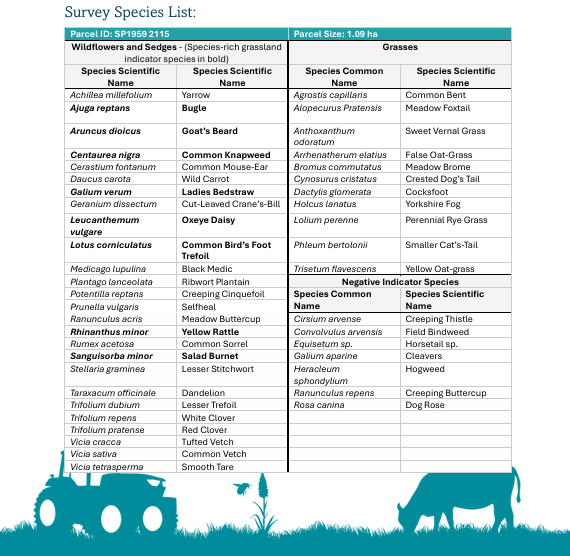Five Acres of Flourishing Life: Our Meadow Success Story
In 2023, we embarked on a bold and beautiful journey to transform an area of the land at our nature reserve into a thriving wildflower meadow as part of the Making More Magical Meadows project. Two years later, the results are in and they’re nothing short of spectacular. Thanks to the dedication of our partners and volunteers, this once-ordinary field has blossomed into a vibrant haven for wildlife, bursting with colour, life, and ecological promise.
A Meadow in Full Bloom
The meadow survey, carried out by Izaak Taylor and Libby Keysell from Warwickshire Wildlife Trust, revealed an impressive array of wildflowers and grasses, many of which are key indicator species of species-rich grassland. Among the stars of the survey were:
• Oxeye Daisy, Common Knapweed, and Bird’s Foot Trefoil - essential nectar sources for pollinators
• Yellow Rattle, a semi-parasitic plant that helps suppress dominant grasses, allowing wildflowers to flourish
• Meadow Buttercup and Lady’s Bedstraw, which signal a healthy, diverse sward
In total, over 40 wildflower and grass species were recorded, including several sedges and rushes, all contributing to a rich tapestry of life.
After visiting our meadow, Izaak said “Earlier this year we visited Forest of Hearts site, finding an amazing diversity of wildflowers and grasses such as yellow rattle, ladies bedstraw and bugle. It was a great example of a wildflower meadow with enough openness in the grass to provide space for wildflowers, and all the invertebrates that are then attracted by them”.
“The Making More Magical Meadows Project has been our Team's longest running project and is defiantly one we enjoy a lot. To date we have restored 88 ha of wildflower meadows across Warwickshire's farms and small holdings to aid the national decline of 97% of these fantastic habitats, that function not only for nature, but also within the farming system. Longevity is key to these habitats so the Farm & Wildlife Advice Service at WWT has been aiming to survey and provide advice and support to our meadow owners, revisiting previous years restoration sites”.
Why Wildflower Meadows Matter
Wildflower meadows are more than just beautiful, they’re biodiversity powerhouses. They provide:
• Vital habitat for bees, butterflies, moths, and other pollinators
• Food and shelter for birds, small mammals, and amphibians
• Carbon sequestration and improved soil health
• Resilience against climate change, thanks to their ability to absorb water and support diverse ecosystems
By following a careful management cycle, including spring shut-up, summer hay cutting, and aftermath grazing, we’re supporting the natural lifecycle of wildflowers and created conditions where wildlife can thrive.
Seeded with Care
The meadow was seeded using a local seed source from Will Steele, a Warwickshire-based farmer who brush-harvests his own meadows to provide local provenance seed. This blend ensured a strong foundation of native species adapted to our local soil and climate.
A Heartfelt Thank You
This success wouldn’t have been possible without the incredible support and expertise of:
• Warwickshire Wildlife Trust - Farm and Wildlife Advise Service for their support and guidance
• Zoe Bell from Arden Farm Wildlife Network, for her unwavering support
• James Smith at Meadow Care, for his practical advice and encouragement
• Will Steele, for providing locally sourced wildflower seed
• Our brilliant surveyors Izaak Taylor and Libby Keysell, whose detailed audit has given us a clear picture of the meadow’s ecological richness
Together, we’ve created a space that not only nurtures nature but also uplifts the community, bringing joy, learning, and wellbeing to all who visit.
